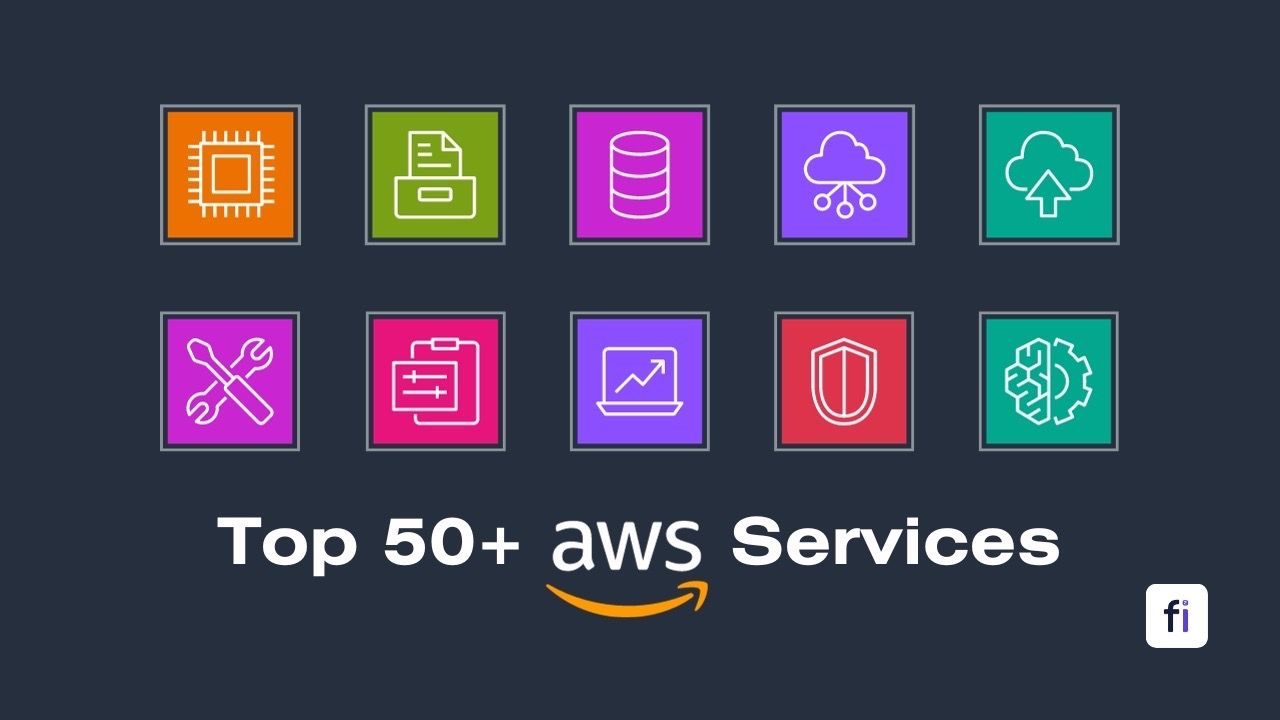Amazon Web Services (AWS) started back in 2006 with just a few basic services. Since then, it has grown into a massive cloud computing platform with over 200 services spanning categories like compute, storage, networking, databases, analytics, application services, deployment, management, mobile, developer tools, Internet of Things (IoT), security, hybrid cloud, augmented reality/virtual reality, and more.
With so many services available, it can be overwhelming for developers to know where to start. That’s why I’ve put together this guide to walk through Top 50+ AWS Services That You Should Know in 2023
1. EC2 (Elastic Compute Cloud)
EC2 allows you to rent virtual machines and configure them with your choice of OS, computing power, memory, storage, and networking. It’s a foundational service that many other AWS services are built on top of.
2. ECS (Elastic Container Service)
ECS is a container management service that lets you run Docker containers across a cluster of EC2 instances. It supports Docker Swarm and Kubernetes for container orchestration.
3. EKS (Elastic Kubernetes Service)
Elastic Kubernetes Service (EKS) is a managed service that lets you run Kubernetes clusters on the cloud. You can use EKS to run your Kubernetes workloads on AWS with high availability, scalability, and security.
4. Lambda λ
Lambda runs your code in response to events like HTTP requests or notifications from other AWS services. It’s a serverless compute service that automatically scales and you only pay for the compute time you use.
5. Elastic Beanstalk
Elastic Beanstalk is a PaaS (Platform as a Service) that makes it easy to deploy and scale web applications by handling infrastructure provisioning and load balancing automatically.
6. Lightsail
Lightsail provides simple virtual private servers for deploying websites, blogs, development environments, and more with just a few clicks.
7. Batch
Batch efficiently runs large volumes of batch computing workloads across EC2 and Spot Instances. Useful for jobs like processing video files, ETL, and log analysis.
8. Fargate
Fargate is a serverless compute engine/infrastructure for containers that lets you run your containers without managing servers or clusters. Fargate works with both ECS and EKS.
DevOps vs GitOps: Streamlining Development and Deployment
DevOps & GitOps both aim to enhance software delivery but how they differ in their methodologies and underlying principles?
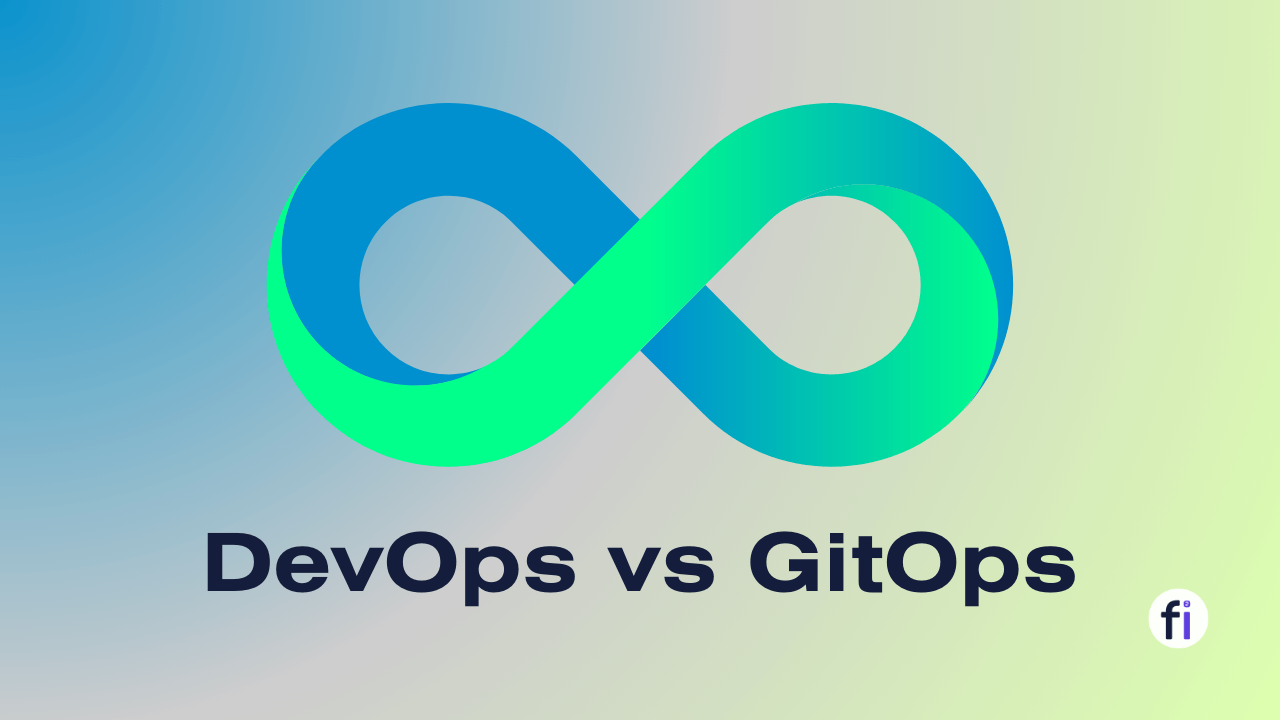
9. S3 (Simple Storage Service)
S3 is the original AWS storage service offering secure object storage for any type of data like images, videos, documents, static files, backups, archives, etc.
10. EBS (Elastic Block Store)
EBS provides persistent block-level storage volumes for use with EC2 instances. Useful for running databases, enterprise apps, container storage, etc.
11. EFS (Elastic File System)
EFS offers managed network file storage that can be accessed from multiple EC2 instances simultaneously. Supports the NFSv4 protocol.
12. Storage Gateway
Storage Gateway bridges on-premises environments with cloud storage by providing virtual tape, volume, and file gateways for hybrid storage.
13. Glacier
Glacier is a low-cost, secure, and durable storage service for long-term data archiving and backups. Retrieval times are slower than S3.
14. S3 Glacier Deep Archive
For long-term data storage, use the S3 Glacier Deep Archive. It’s affordable and designed for bulk access of data accessed once or twice a year.
Data Lake vs. Data Warehouse: What’s the Difference?
Explores the differences between data lake and data warehouse, their advantages and disadvantages.
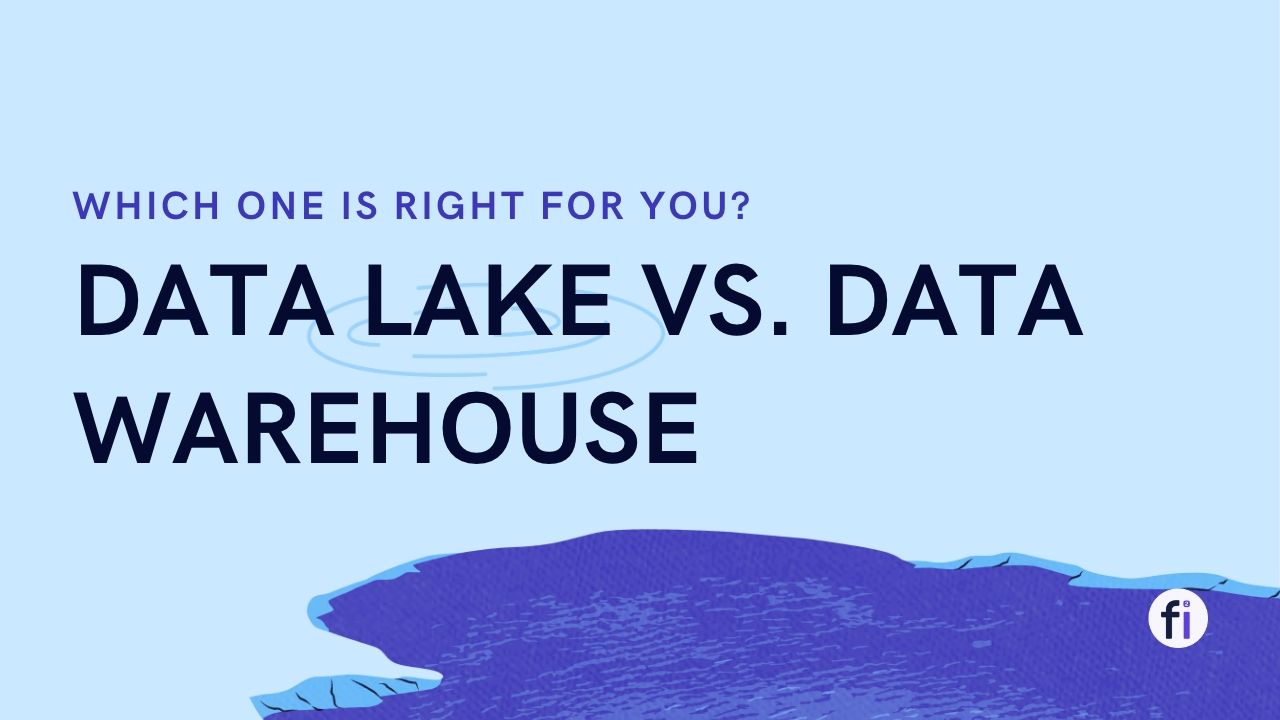
15. RDS (Relational Database Service)
RDS offers fully managed relational databases like MySQL, PostgreSQL, Oracle, SQL Server, and MariaDB with high availability, backups, and easy scaling.
16. DynamoDB
DynamoDB is a highly available, low-latency NoSQL database that provides fast performance at any scale for applications that need consistent single-digit millisecond latency.
17. ElastiCache
ElastiCache improves application performance by caching frequently used and static data in memory. Supports Redis and Memcached.
18. Neptune
Neptune is a fully managed graph database service compatible with open graph APIs like RDF and SPARQL. Useful for building social networking, recommendation engines, and knowledge graphs.
19. DocumentDB
DocumentDB is a MongoDB-compatible document database that delivers high performance, scalability, availability, and security for modern apps.
20. Redshift
Redshift is a data warehouse service that makes it simple and cost-effective to analyze all your data using standard SQL and existing business intelligence tools.
21. QLDB (Quantum Ledger Database)
QLDB provides an immutable, cryptographically verifiable ledger for building applications that require a central trusted authority. Useful for supply chain, manufacturing, HR, and financial apps.
What is Vector Database and How does it work?
Vector databases are highly intriguing and offer numerous compelling applications, especially when it comes to providing extensive memory.
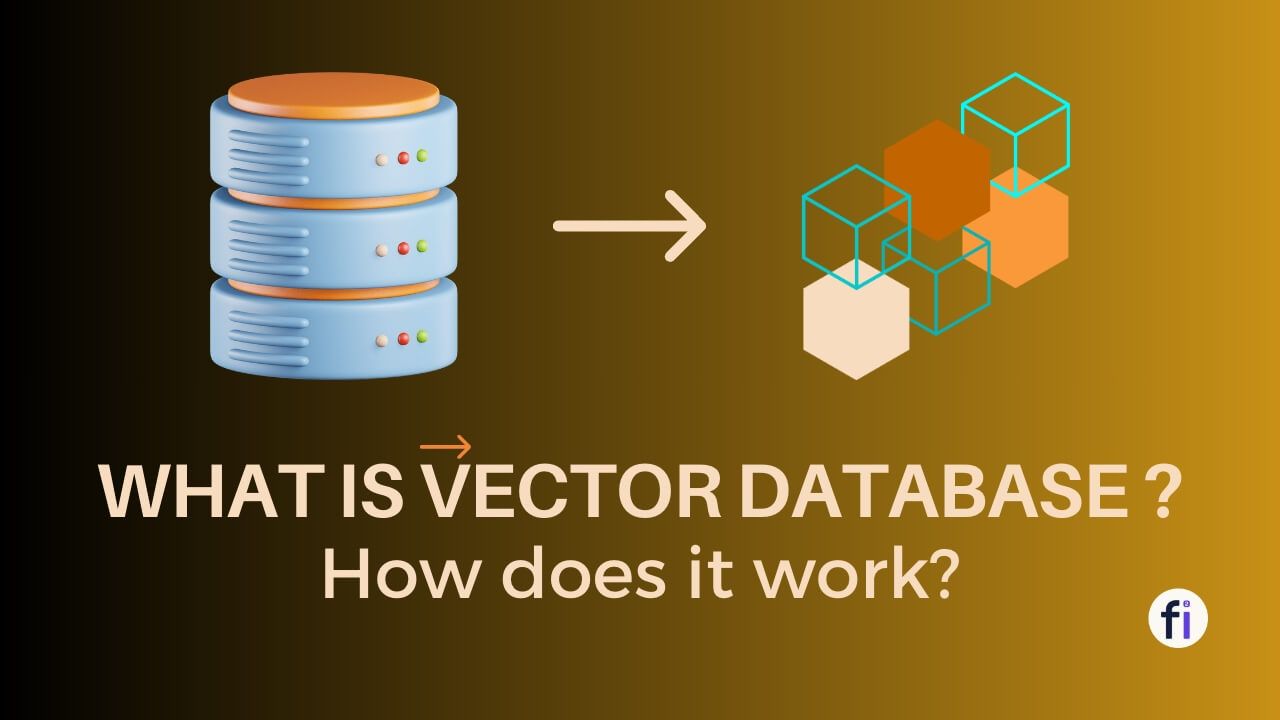
22. VPC (Virtual Private Cloud)
VPC lets you provision a private virtual network within AWS and gives complete control over your virtual networking environment like IP address ranges, subnets, route tables, and more.
23. CloudFront
CloudFront is a content delivery network (CDN) that accelerates the distribution of your static and dynamic web content globally so your end users can access it with low latency.
24. Route 53
Route 53 is a highly available and scalable DNS service for domain registration and DNS management. It routes end users to the nearest edge location containing your web content.
25. API Gateway
API Gateway is a fully managed service for creating, publishing, maintaining, monitoring, and securing APIs at scale. Useful for serverless and microservices architectures.
26. Direct Connect
Direct Connect provides dedicated network connections between AWS and your on-premises data centres in real-time or corporate networks. Useful for workloads that require high bandwidth and low latency.
What is the difference between Forward Proxy vs Reverse Proxy?
Understand, The role that proxies play in web architecture and consider using them to improve the performance, security, and scalability of your site.

27. AWS Migration Hub
Migration Hub provides a central location to track and manage migrations across multiple AWS and partner solutions.
28. Application Discovery Service
Discovers information about your on-premises data centres to streamline migration planning with visualization tools and migration assessments.
29. Database Migration Service (DMS)
DMS helps you migrate databases to AWS quickly and securely. The source database remains fully operational during the migration.
30. Server Migration Service (SMS)
SMS migrates your on-premises workloads to AWS automatically. It minimizes downtime and doesn’t require you to manually recreate servers in AWS.
31. Snowball & Snowmobile
Snowball and Snowmobile provide petabyte-scale data transport to transfer enormous data sets in and out of AWS using portable storage appliances.
Kubernetes vs Docker vs Jenkins: Full In-depth Comparison
Understanding the differences, use cases, and benefits of Kubernetes, Docker, and Jenkins. The popular tools in the world of container management.
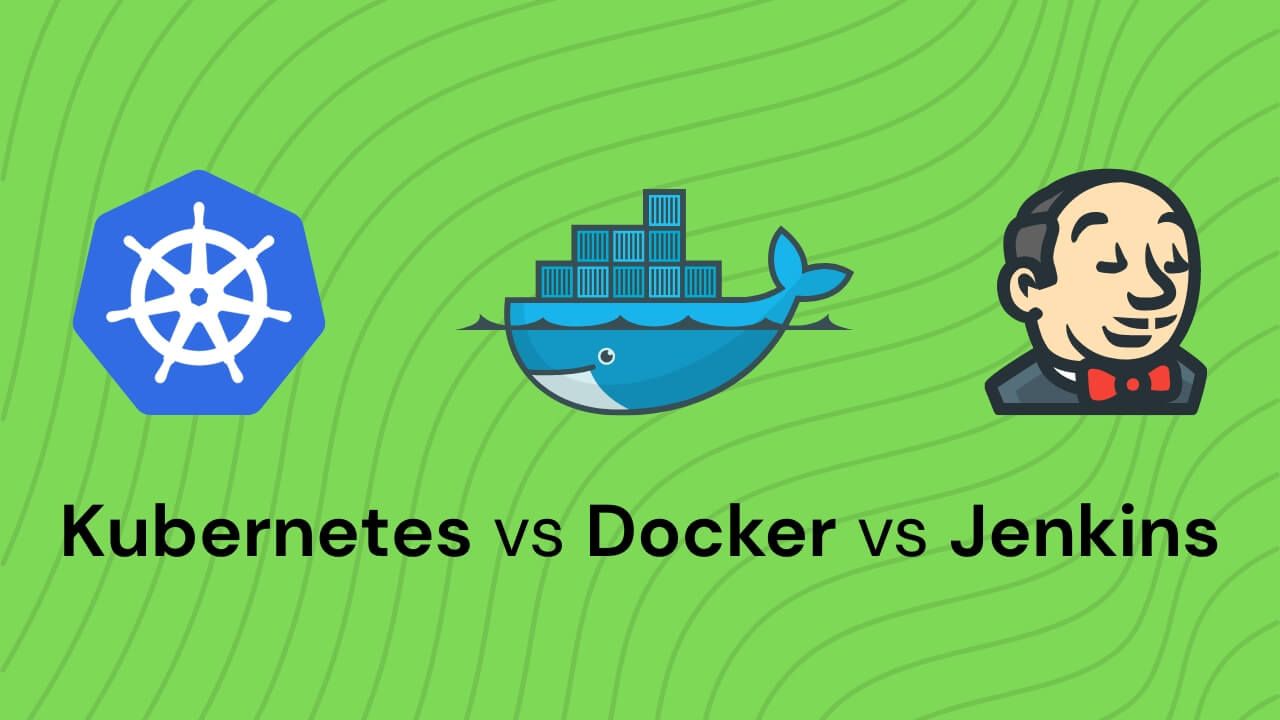
32. CodeCommit
CodeCommit is a fully managed source control service for hosting private Git repositories in AWS. Great for collaborative development.
33. CodeBuild
CodeBuild compiles source code runs tests and produces application packages ready to deploy. Fully managed so there are no servers to provision or manage.
34. CodeDeploy
CodeDeploy automates application deployments to EC2, Lambda, and on-premises servers. Provides deployment strategies like rolling updates and rollbacks.
35. CodePipeline
CodePipeline is a continuous delivery service that automates your release pipelines across different AWS services as code progresses from development to production.
36. Cloud9
Cloud9 provides a cloud IDE for writing, running, and debugging code. Supports multiple languages and comes prepackaged with essential tools for productive development.
Firebase vs Custom Backend: Which is Right for You?
Firebase and custom backends, including their key features, pros, and cons, and to help developers to determine which option is the best fit for their specific needs.
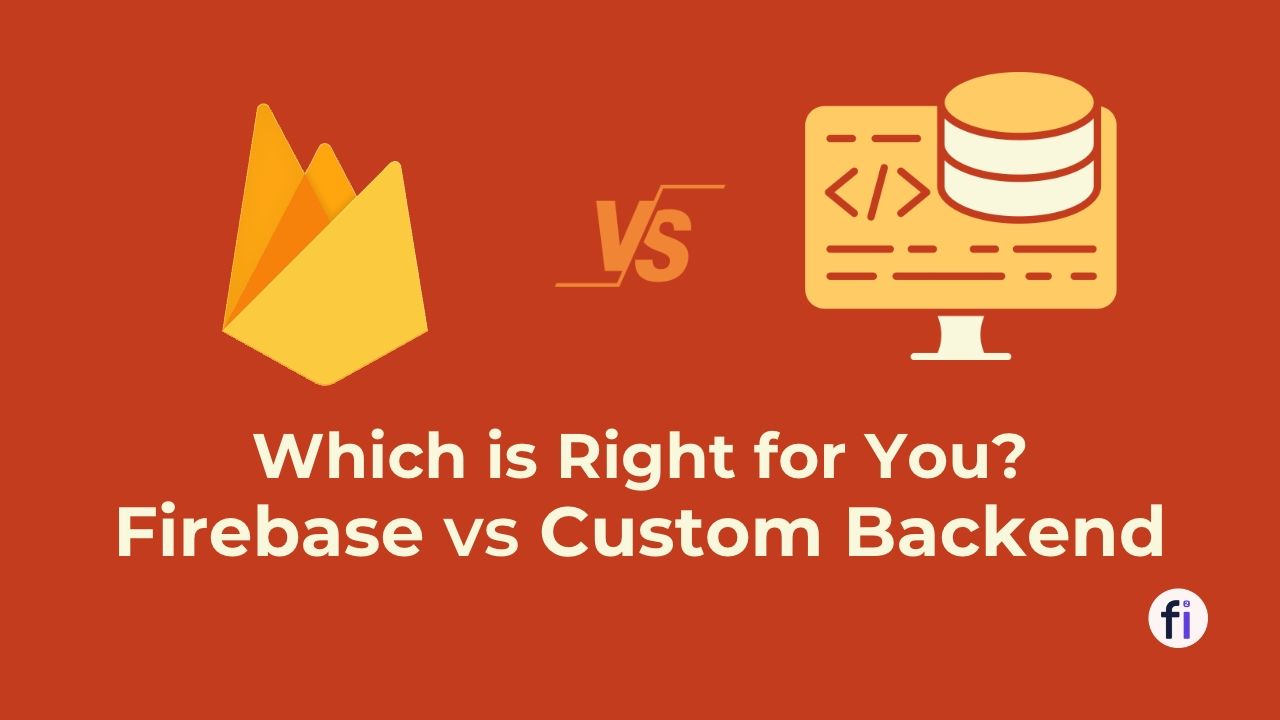
37. Organizations & Control Tower
Organizations help centrally manage billing and control access across multiple AWS accounts. Control Tower sets up secure multi-account environments based on best practices.
38. CloudTrail
CloudTrail tracks user activity and API usage across your AWS infrastructure and delivers log files to you for auditing, security analysis, and compliance needs.
39. Config
Config provides visibility into configurations of your AWS resources enabling compliance auditing, security analysis, resource monitoring, and troubleshooting.
40. CloudWatch
CloudWatch monitors resources and applications in real time, providing metrics, logs, and alarms so you can react quickly to optimize your environment.
41. Trusted Advisor
Trusted Advisor analyzes your AWS environment to help optimize performance, security, availability, and cost based on best practices.
Bare Metal vs Virtual Machines vs Containers: The Differences
When deploying a modern application stack, how do we decide which one to use? Bare Metal, VMs or Containers?
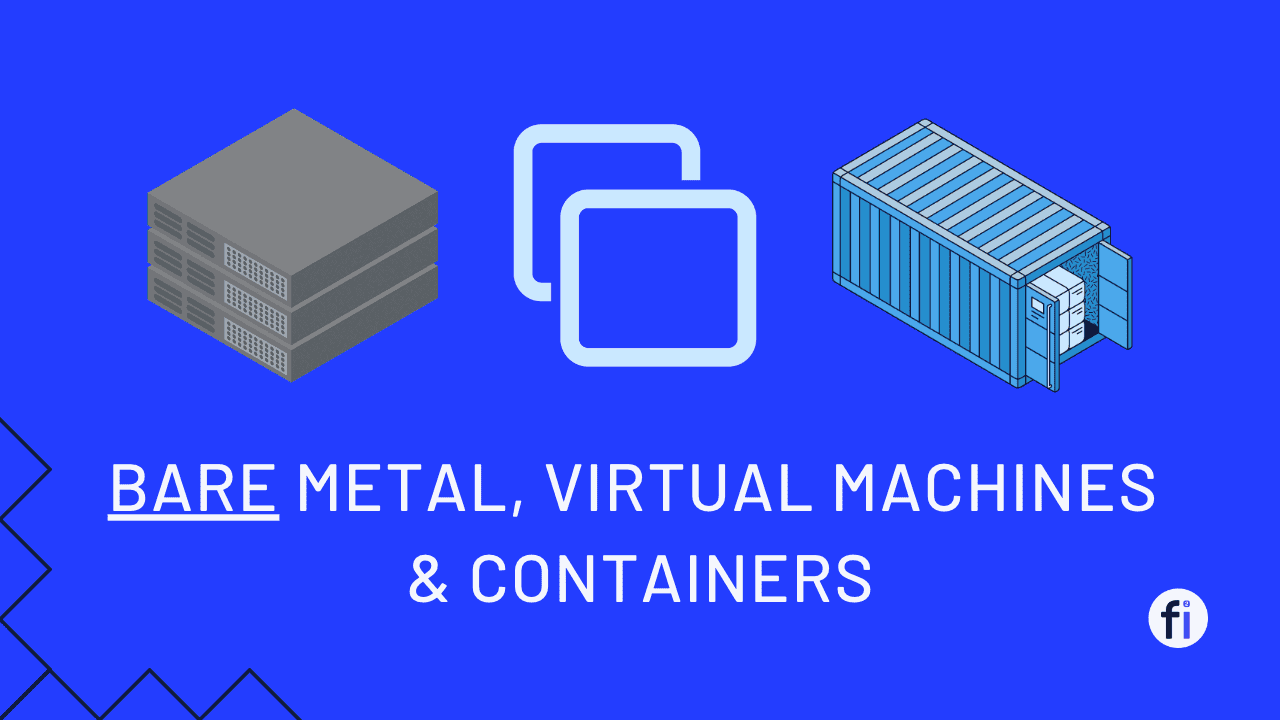
42. Athena
Athena lets you query data located in S3 using standard SQL. Serverless so there is no infrastructure to manage. Useful for log analytics and business intelligence needs.
43. EMR (Elastic MapReduce)
EMR provides a managed Hadoop framework optimized for processing vast amounts of data across dynamically scalable EC2 instances.
44. QuickSight
QuickSight is a fast, cloud-powered business intelligence service that makes it easy to create interactive visualizations and perform ad-hoc analysis on your data.
45. Kinesis
Kinesis allows real-time processing of streaming data using managed infrastructure. Useful for rapidly moving data off data producers and streaming to data consumers.
46. Data Pipeline
Data Pipeline helps reliably process and move data between different AWS compute and storage services as well as on-premises data sources.
47. IAM (Identity & Access Management)
IAM lets you manage user access and authentication securely by defining policies and permissions to control what users can access.
48. Inspector
The inspector analyzes your EC2 instances for vulnerabilities and deviations from security best practices like leaving ports open or not enabling encryption.
49. Macie
Macie uses machine learning and pattern matching to discover and protect sensitive data stored in S3 like personal information and intellectual property.
50. Artifact
Artifact provides on-demand access to AWS security and compliance reports and selects online agreements like the Business Associate Addendum (BAA).
What is Apache Kafka & Why it is fast?
How the Apache Kafka has become the go-to solution for real-time data streaming, handling massive volumes of data.
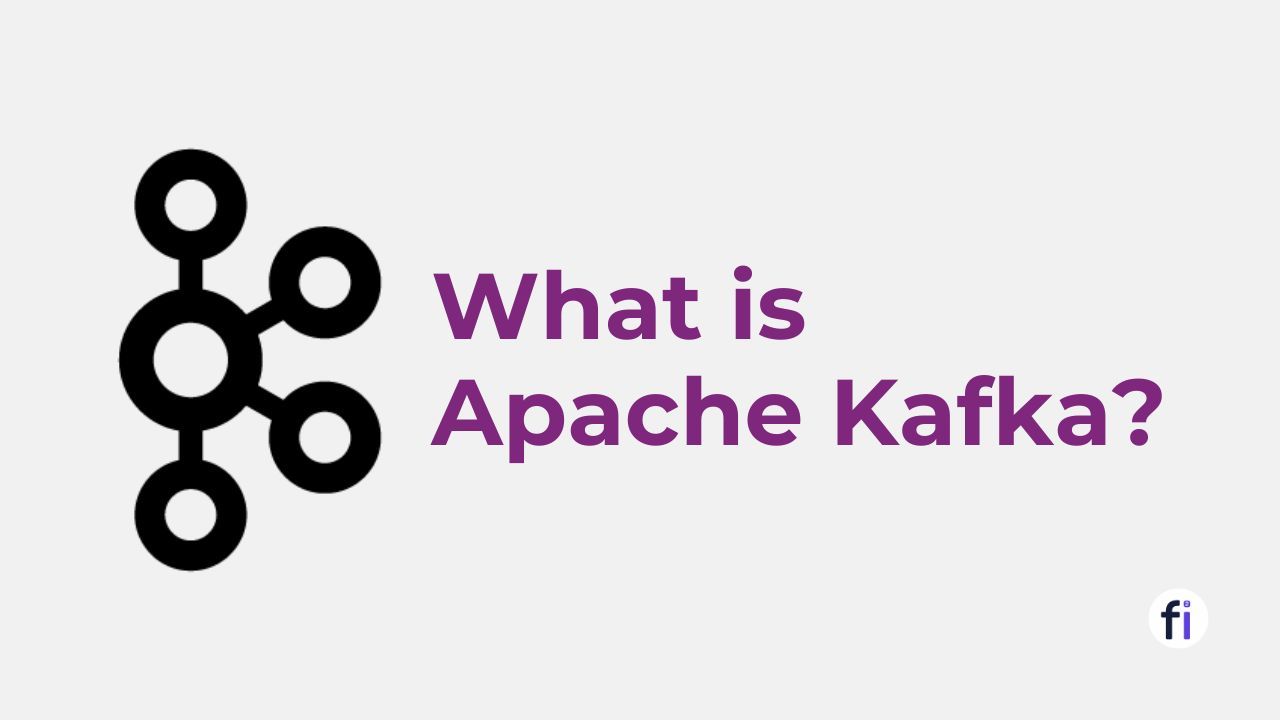
51. SageMaker
SageMaker provides a fully managed service to build, train and deploy ML models at scale. It removes heavy lifting from ML and makes it more accessible.
52. Comprehend
Comprehend uses NLP to find insights and relationships in text. It can identify key phrases, places, people, sentiments and more to categorize and understand text data.
53. Translate
Translate provides natural and fluent language translation in real time. It uses machine learning to continuously train on new data and improve quality.
54. Polly
Polly turns text into lifelike speech using deep learning innovations. It provides chatbots, virtual assistants, games etc. with high-quality voices.
55. Rekognition
Rekognition makes it easy to add image and video analysis to apps using proven computer vision algorithms. It can detect objects, scenes, faces and inappropriate content.
56. Lex
Lex enables building conversational interfaces using voice/text powered by the technology behind Amazon Alexa. It provides automatic speech recognition (ASR) and natural language understanding capabilities.
57. Personalize
Personalize provides real-time personalized recommendations based on historical data and machine learning. It works with technologies like relational databases, Spark etc.
Textract automatically extracts text, handwriting, tables and other data from scanned documents using machine learning.
59. Transcribe
Transcribe automatically converts speech to text using advanced machine-learning techniques. It provides robust and accurate transcription capabilities.
60. Forecast
Forecast provides highly accurate time series forecasting using machine learning, without needing ML expertise. It supports both point and range predictions.
61. Kendra
Kendra is an intelligent search service powered by machine learning that delivers highly accurate results and natural language query capabilities.
62. CodeGuru
CodeGuru provides intelligent recommendations to improve code quality and identify an application’s most expensive lines of code using machine learning.
63. Fraud Detector
Fraud Detector enables identifying potentially fraudulent online activities using machine learning. It can detect identity and payment fraud in real-time.
How to Use ChatGPT AI in Linux CLI Terminal
Are you looking for a way to use ChatGPT AI to generate text or command right within your Linux CLI terminal?
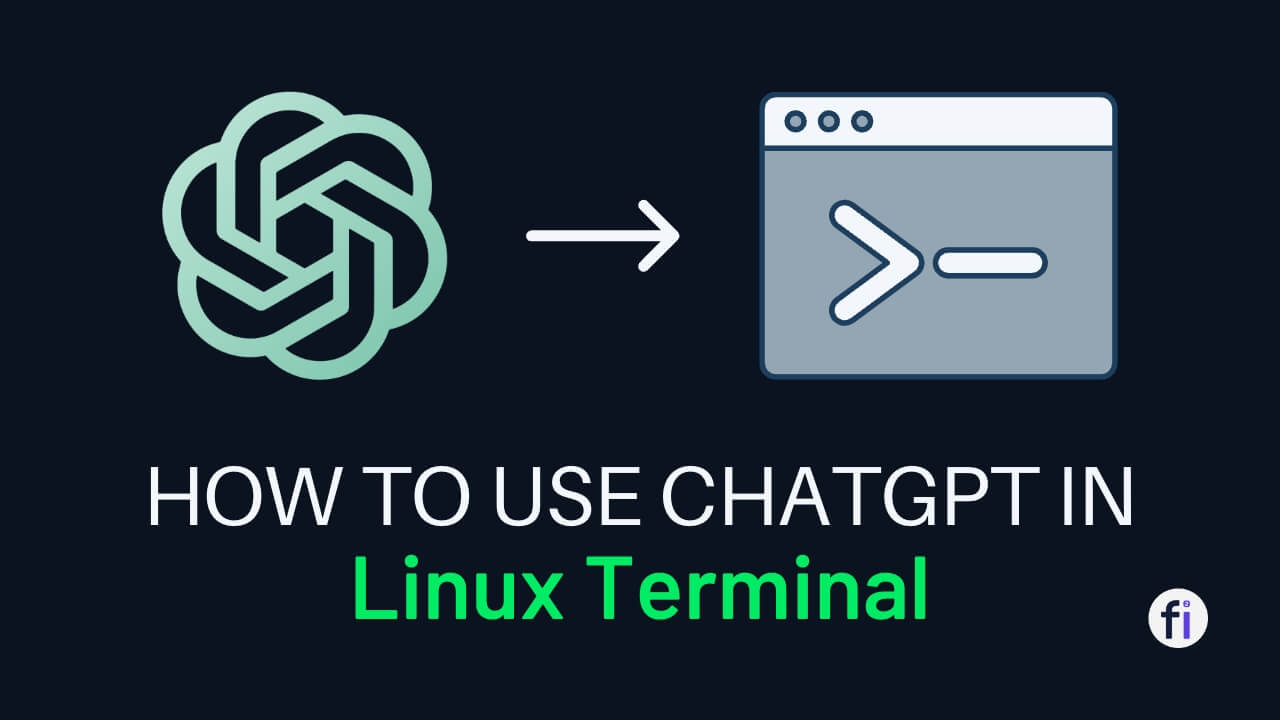
Short Summary of AWS Services:
- Compute: EC2, Lambda, Elastic Beanstalk, ECS, Fargate
- Storage: S3, EBS, Glacier, EFS
- Databases: RDS, DynamoDB, Neptune, Redshift
- Analytics: Kinesis, EMR, Athena, QuickSight
- Networking: VPC, CloudFront, API Gateway
- Security: IAM, Cognito
- Management: CloudFormation, CloudTrail, CloudWatch
- Machine Learning: SageMaker, Lex, Forecast, Kendra
Conclusion
This overview of the top 50 services provides a solid foundation to get familiarized with the key categories and popular options you’ll likely come across as you start leveraging AWS.
Focus first on understanding the core services like EC2, S3, VPC, databases, security and networking. As you build out applications, you can adopt additional services relevant to your specific needs. Monitoring announcements and roadmap updates from re:Invent and other AWS events is also useful to stay up to date on new managed offerings.
AWS Lambda vs. Lambda@Edge: Which Serverless Service Should You Use?
Lambda is regional while Lambda@Edge runs globally at edge locations. Lambda integrates with more AWS services. Lambda@Edge works with CloudFront.
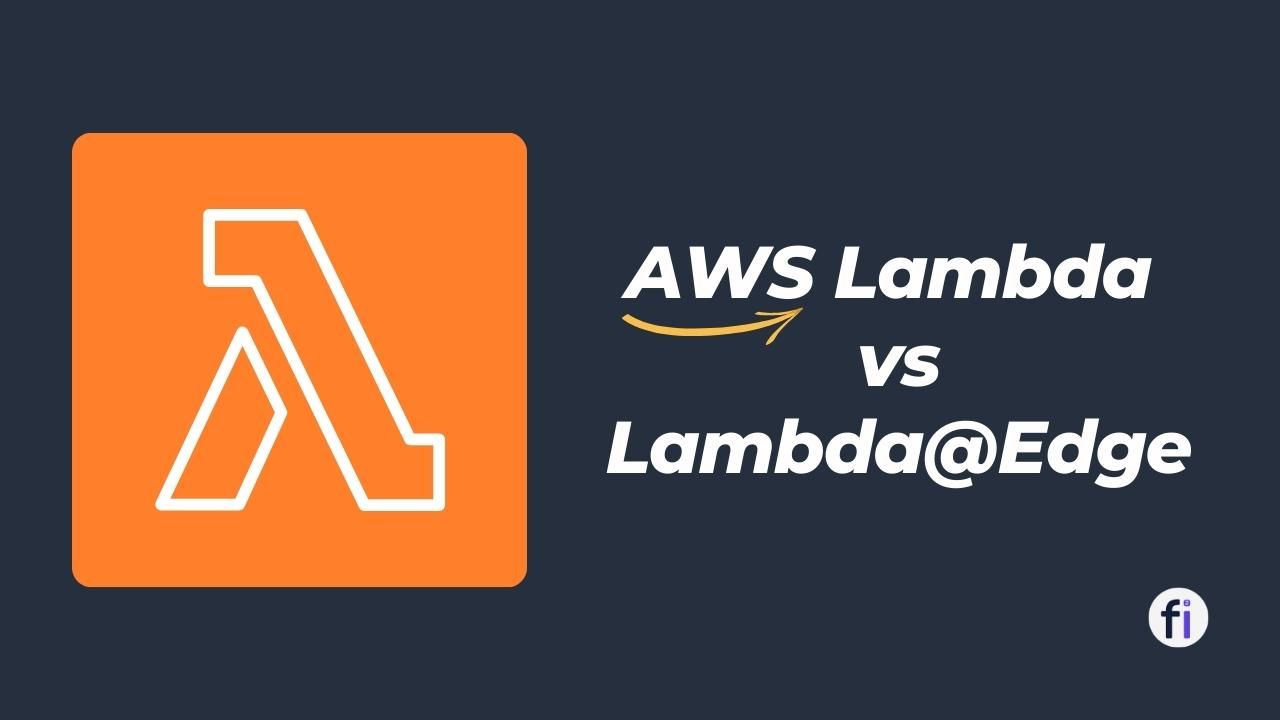
Top Container Orchestration Platforms: Kubernetes vs. Docker Swarm
Kubernetes and Docker Swarm are both open-source container orchestration platforms that automate container deployment, scaling, and management.
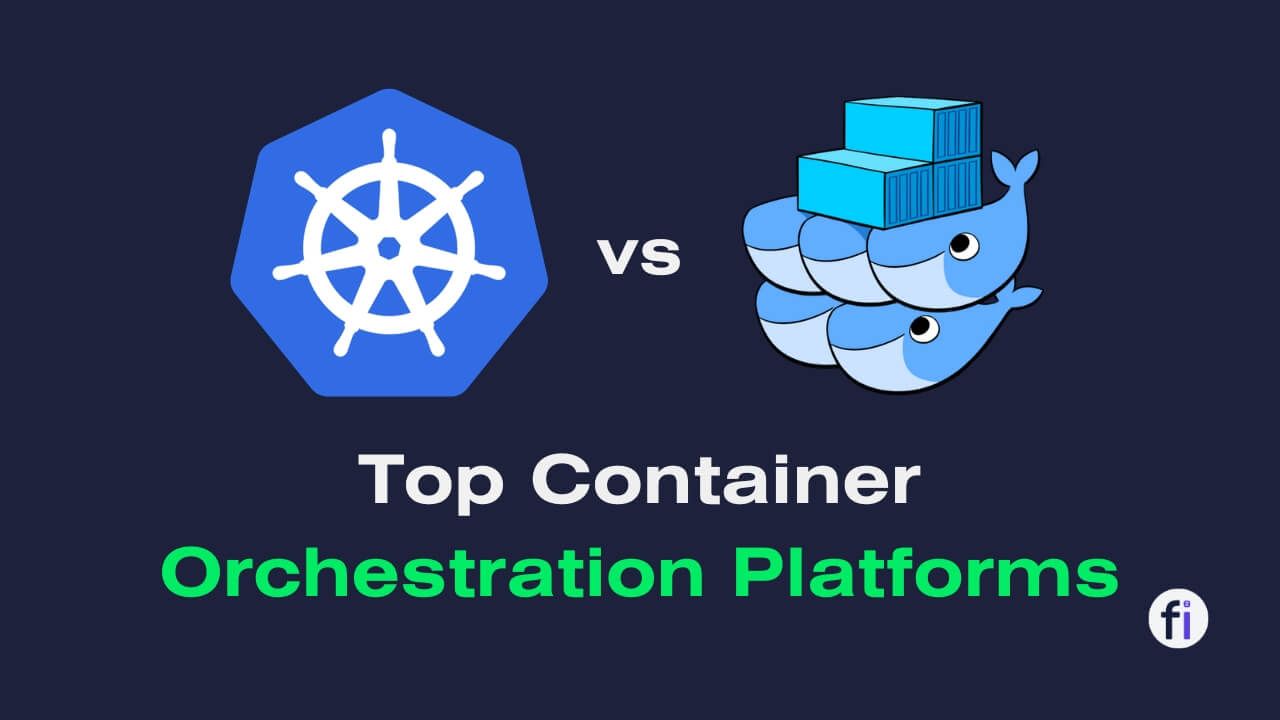
VPN vs. Zero Trust Network: Which is More Secure for Remote Access?
Zero trust fixes vulnerable trust models and limited visibility in VPNs by verifying all users and devices, encrypting everything, and monitoring all activity – before authorizing access.
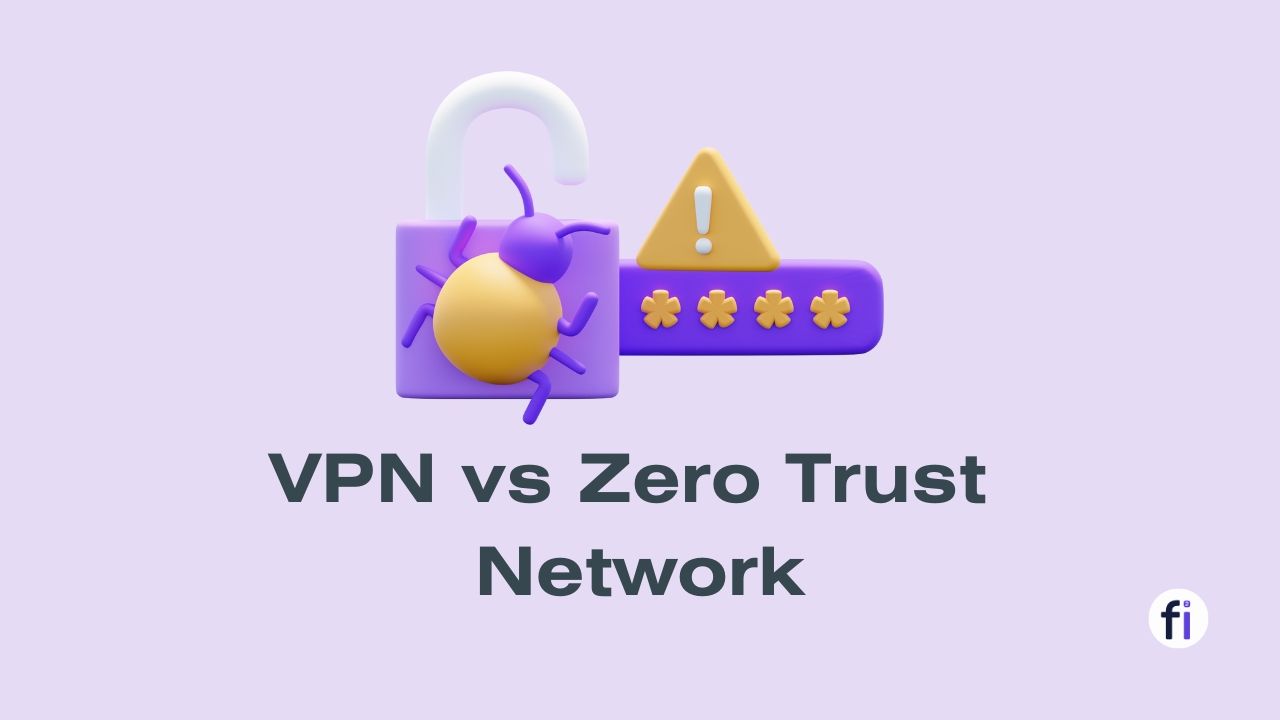
FAQs (Frequently Asked Questions)
What are the most essential AWS services for new users?
The most essential AWS services new users should start with are EC2, S3, VPC, IAM, CloudWatch, and CloudTrail. These cover basic compute, storage, networking, security, monitoring, and logging capabilities.
Which AWS services are serverless?
The main serverless services are Lambda, DynamoDB, S3, API Gateway, CloudFront, SQS, SNS, Step Functions, Cognito, and more. These run your code or provide capabilities without you having to provision servers.
What AWS services are best for big data and analytics?
For big data, AWS offers EMR, Redshift, Kinesis, Data Pipeline, Glue, Athena, and QuickSight. These make it easy to process, store, and analyze vast amounts of data efficiently.
How to choose the right AWS database service?
Consider your data structures, relational vs. NoSQL models, throughput needs, scalability requirements, durability needs, complexity of management, and costs to pick the right database like RDS, DynamoDB, ElastiCache, etc.
Which services can help migrate to the AWS cloud?
Key AWS migration services include DMS, SMS, Snowball, Database Migration Service, and Application Discovery Service. These help move data, servers, and applications to AWS.
How to migrate an on-premises database to AWS?
The AWS Database Migration Service (DMS) helps migrate production databases to AWS with minimal downtime. It supports homogeneous as well as heterogeneous database migrations.
